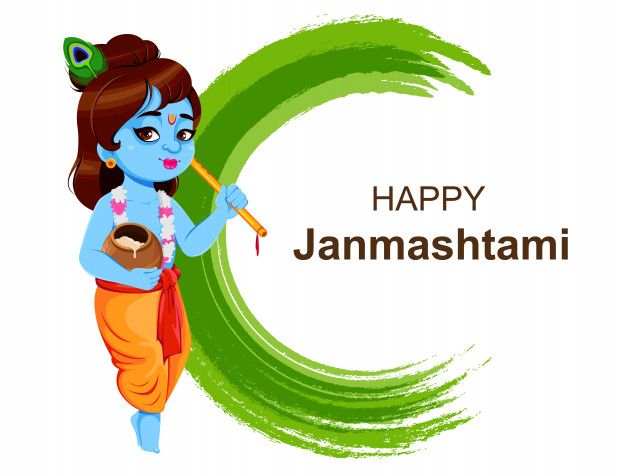Share this Article
Yomari is a traditional sweet delicacy from the Newar community of Nepal, especially popular during the festivals of Yomari Punhi (celebrated on the full moon night of the Māgh month, which typically falls in January or February). This unique dumpling, made from rice flour and filled with sweet fillings, holds significant cultural and spiritual importance in Nepalese society. Here’s a deeper look into the art of making yomari, its ingredients, and its place in Nepali traditions:
Origins and Cultural Significance:
The name "Yomari" translates to "yoma" (meaning "a thing" or "item") and "ari" (meaning "taste"). Traditionally, yomari is considered an offering to the gods, representing prosperity, good health, and the joy of the harvest season. Its consumption is believed to bring good fortune for the coming year. It’s often prepared during special occasions like the Yomari Punhi, a festival that marks the end of the rice harvesting season.
Key Ingredients:
- Rice Flour Dough: The dough is made from rice flour, which gives the yomari its soft, chewy texture. The flour is mixed with warm water and kneaded to form a smooth dough.
- Sweet Fillings:
- Chaku (Jaggery) and Sesame Seeds: The traditional filling includes a mixture of jaggery (a type of unrefined sugar) and roasted sesame seeds, sometimes with a dash of ghee (clarified butter) for richness. This filling is sweet and sticky, and the sesame seeds add a pleasant crunch.
- Coconut and Sugar Mixture: Some variations may include shredded coconut and sugar or a paste of khuwa (a type of evaporated milk).
- Banana Leaves (Optional): In some cases, the dough is shaped and wrapped in banana leaves before steaming, which imparts a subtle aroma and enhances the flavor.
Steps to Prepare Yomari:
- Making the Dough:
- Heat water and mix it with rice flour, stirring to avoid lumps. Once the mixture thickens, knead it into a soft, elastic dough. It’s important to knead the dough while it’s still warm, as it becomes easier to shape.
- Preparing the Filling:
- Melt jaggery in a pan over low heat. Add roasted sesame seeds, and stir to combine. Some people add ghee and a pinch of cardamom for additional flavor. Allow the mixture to cool slightly before using it as the filling.
- Shaping the Yomari:
- Take a small portion of the dough and flatten it into a small disc. Place a spoonful of the sweet filling in the center. Gently fold the edges of the dough over the filling to form a cone-like shape with a pointed top. Pinch the top tightly to seal the dumpling.
- Steaming the Yomari:
- Place the prepared yomari in a steamer basket. If you’re using banana leaves, you can place the yomari on top of them for a fragrant touch. Steam the dumplings for about 20 to 30 minutes until the dough becomes firm and glossy.
- Serving:
- Once steamed, yomari is ready to serve. They are often enjoyed while still warm, and traditionally, they are offered during prayers or served to guests as a gesture of hospitality and good wishes.
Regional Variations:
While the basic structure of yomari remains the same across the Newar community, different regions and families might add their own personal touches. Some variations include using dates, nuts, or honey in the filling, or incorporating other flavors such as cardamom or saffron. The size of yomari also varies, with some being smaller, bite-sized dumplings, and others being large enough to serve as a hearty dessert.
The Role of Yomari in Festivals:
Yomari holds immense cultural and religious significance, particularly in Newar rituals. It is often offered to the gods and deities during religious ceremonies, ensuring prosperity and good health. On Yomari Punhi, families come together to make and share yomari as a part of the festival's rituals, strengthening family bonds and cultural ties.
Modern Adaptations:
In recent times, the art of making yomari has seen slight innovations. With the increasing popularity of fusion foods, some have experimented with different fillings, such as chocolate, fruits, or even meat, though the traditional fillings still hold strong cultural value. However, making yomari by hand and sharing it with loved ones during festivals remains a cherished tradition.
Conclusion:
Yomari is more than just a sweet dumpling—it is a symbol of Newar culture and Nepalese hospitality. Its preparation involves skill, patience, and a deep understanding of the ingredients and the traditions surrounding it. Whether it’s during a religious festival or a family gathering, yomari brings people together to share in the joy and blessings of the season. As a representation of Nepal’s rich culinary heritage, yomari is a food that tells the story of tradition, family, and the essence of community.
Categories:
History & Heritage
,
Lifestyle & Local Life
Tags:
Heritage
,
Local Life







